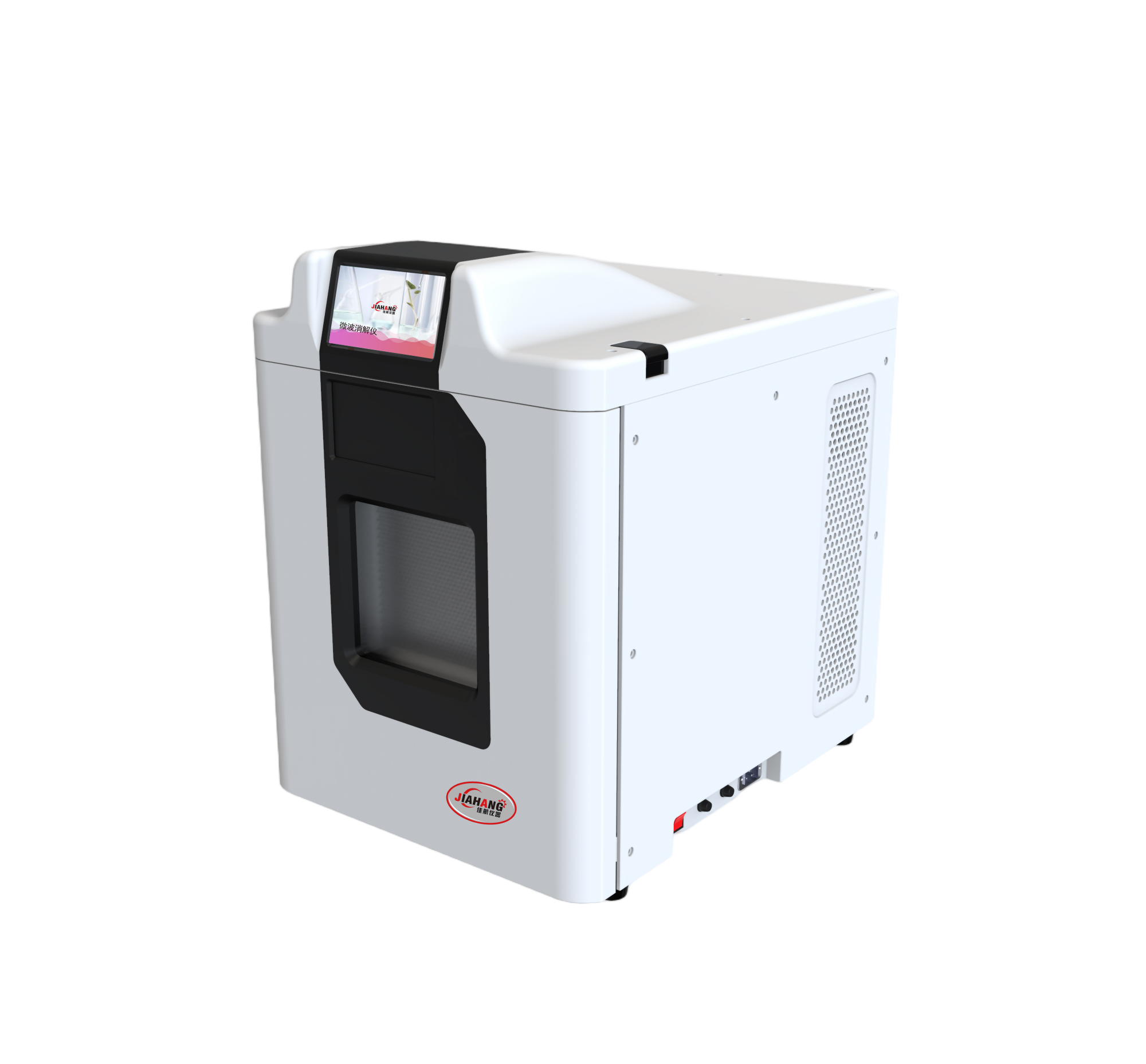June 13, 2025
Tag:
1. Preface
White graphite is another name for hexagonal boron nitride, which is similar to the hexagonal carbon network in graphite. Nitrogen and boron also form a hexagonal network layer, overlapping with each other to form a crystal. White stone ink, as a variant of boron nitride, possesses outstanding physical and chemical properties such as high-temperature resistance, corrosion resistance, lubrication, insulation, and wave transmission. It is not only the raw material for preparing cubic boron nitride but also has significant applications in solid lubricants, composite ceramics, metallurgy, electronics, and other fields. The application fields of white stone ink all have high requirements for the purity of its products. The presence of impurities directly affects the structure and physical properties of the material. Therefore, it is very important to accurately determine the impurity content in it. We adopt microwave digestion as the pretreatment method. This method features rapidity, simplicity, reagent saving and complete digestion. The precision and accuracy of the determination results are good, which is conducive to the analysis of elements in white graphite.
2 Instruments and reagents
2.1 Instruments
Digipol-MWD30 fully automatic intelligent microwave digestion instrument, acid remover, analytical balance (one part per 100,000).

2.2 Reagents
Nitric acid (68%), hydrofluoric acid (40%
3 Experimental Methods
3.1 Sample Status

3.2 Exploration of Acid Systems
White stone ink has stable chemical properties and is insoluble in alkaline solutions, single acids and mixed acids at normal temperature and pressure. It was found through experiments that the mixture of nitric acid and hydrofluoric acid can effectively dissolve white marble ink under certain temperature and pressure conditions.
3.3 Experimental Process
Use nitric acid and hydrofluoric acid as the digestion reagents for the experiment. Weigh 0.1g of white graphite sample (accurate to 0.1mg) into the digestion tank, add 5mL of nitric acid and 5mL of hydrofluoric acid, let it stand for about 5 minutes, assemble the digestion tank, and conduct the experiment according to the following set parameters:
| Stage | climbing time /min | Pressure /MPa | Temperature /℃ | Holding time /min |
|
1 |
7 |
3.5 |
150 |
2 |
|
2 |
3 |
3.5 |
180 |
2 |
|
3 |
3 |
3.5 |
200 |
2 |
|
4 |
3 |
3.5 |
220 |
40 |
After the experiment, when the temperature drops below 60℃, transfer the tank rack to the fume hood, slowly open the tank lid, and drive out the acid at 150℃ until about 0.5mL of liquid remains. Add water and make up the volume to the volumetric flask. The digestion solution should be clear and transparent, and the sample can be completely digested.
3.4 Sampling Quantity
Under the above experimental conditions, the maximum experimental pressure when the sampling volume of the white stone ink sample was 0.1g reached approximately 3.0MPa. It is recommended that the experimental sampling volume be controlled at approximately 0.1g.
4 Result
The digestion experiment of white graphite samples was conducted using nitric acid and hydrofluoric acid. The maximum experimental temperature was 220℃, and the temperature was maintained for 40 minutes. When the sampling volume was 0.1g, the maximum experimental pressure was 3.0MPa, and the white graphite samples could be completely digested.


Contact Us
Tel: (+86) 400 610 1188
WhatsApp/Telegram/Wechat: +86 13621645194
+86 15021993094
Follow Us:




 Pharma Sources Insight July 2025
Pharma Sources Insight July 2025


